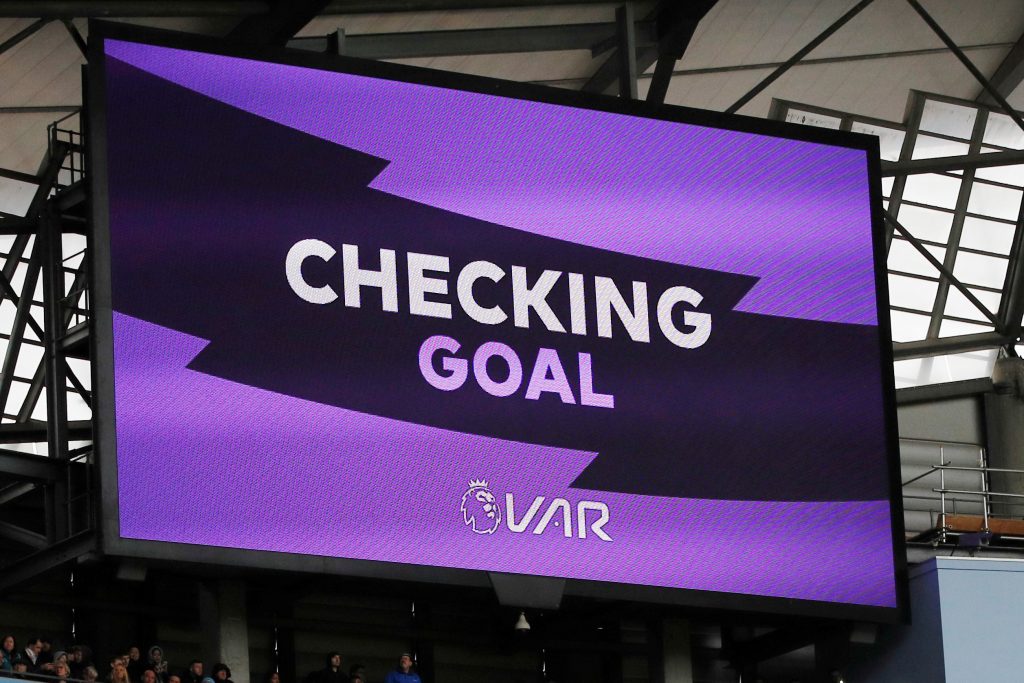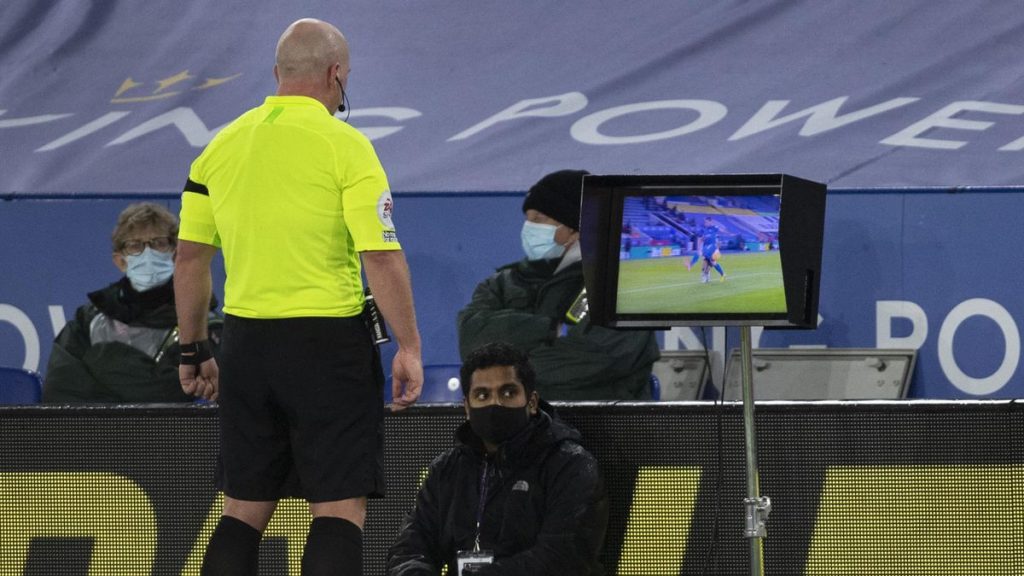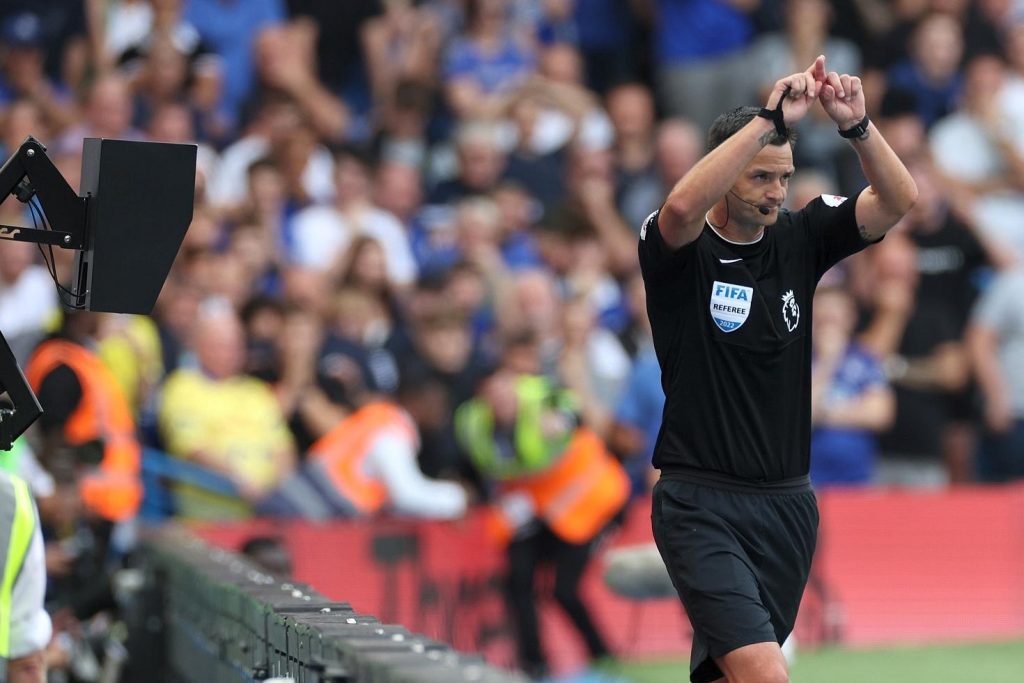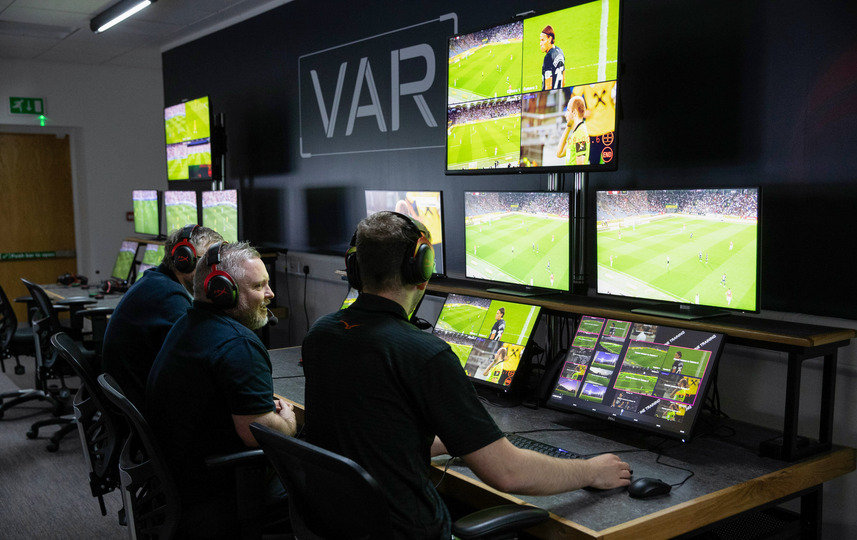The beautiful game of football has always been fraught with controversial decisions. To combat this issue, VAR, or Video Assistant Referee, was introduced. It has been a game-changer in terms of ensuring fair play and accuracy of decisions. But how does it work? Let’s delve into the world of VAR.
Introduction to VAR
The Video Assistant Referee (VAR) is a match official in football who reviews decisions made by the head referee with the use of video footage and headset for communication. It was first introduced by the International Football Association Board (IFAB) to minimise human errors leading to incorrect decisions.

The decision-making process
The role of the Video Assistant Referee is to assist the referee in four game-changing situations:
- Goals: VAR helps determine whether there was a violation during the buildup that might invalidate the goal.
- Penalty decisions: VAR checks for potential errors in penalty decisions, both awarded and not awarded.
- Direct red card incidents: VAR can review red card decisions, but it does not consider second yellow card offences.
- Mistaken identity: In cases of potential confusion over which player should be carded, VAR helps to clarify the identity of the player.
While the Video Assistant Referee reviews all these instances, it’s important to note that the final decision always lies with the on-field referee.
The mechanics of the Video Assistant Referee system
The VAR process starts with the video assistant referee and their team located in a centralised video operation room. This team has access to all broadcast feeds from a range of camera angles.
When an incident occurs that needs review, the VAR team analyses the video footage. If they identify a potential clear error or missed incident, they communicate with the on-field referee. The referee can then either immediately accept the information from the Video Assistant Referee team and take the appropriate action, or review the footage themselves using a pitch side monitor before making the final decision.

The impact of this technology on football
The introduction of VAR has brought about a significant change in the dynamics of football. On one hand, it has provided a system to minimise clear and obvious errors, making the game fairer. On the other hand, it has sparked debate around its impact on the flow of the game and the potential for over-reliance on technology.
Critics argue that the Video Assistant Referee system can disrupt the pace and excitement of football, turning fans off with lengthy delays and over-analysed decisions. Supporters, however, believe that the increased accuracy and fairness outweigh these potential drawbacks.
The future of the system
As with any transformative technology, there will always be growing pains, and VAR is no exception. Adjustments and improvements continue to be made to make the system more efficient and less disruptive.
A consensus is forming around the idea of a ‘lighter’ Video Assistant Referee system, which only intervenes in the most clear and obvious errors. This would minimise game interruptions while maintaining a safety net for those game-changing moments.

Conclusion? A game changer
In the end, whether you’re a fan of VAR or not, it’s undeniable that it has made a significant impact on the world of football. It represents a step towards a more objective, fair play, mitigating human errors that can be the difference between victory and defeat.
However, as with any significant change, it requires refinement and adjustment. As VAR continues to evolve, it remains crucial that football retains its charm and spontaneous nature, even while embracing the benefits of technology.
If you’d like some more football-related content like this, then just click right here to head to our football section.






Trackbacks/Pingbacks